When we think about the types of fabric, our first thought is a soft, fine fabric such as bedding, silk dress, etc. These are woven fabric. However, in addition to these most often mentioned, we also have those that are equally represented in our lives and we see objects made of these materials every day. By that we mean non-woven fabric. The main difference between those two is the following. Woven implies a weave of yarn, and non woven is made of intricate or knitted fibers.
So, depending on the way in which a certain fabric was created, its purpose is determined. However, if you are interested in all other differences, continue reading the text. Below we have prepared for you a list of the most popular differences between these two fabrics. Depending on the way in which a certain fabric was created, its purpose is determined.
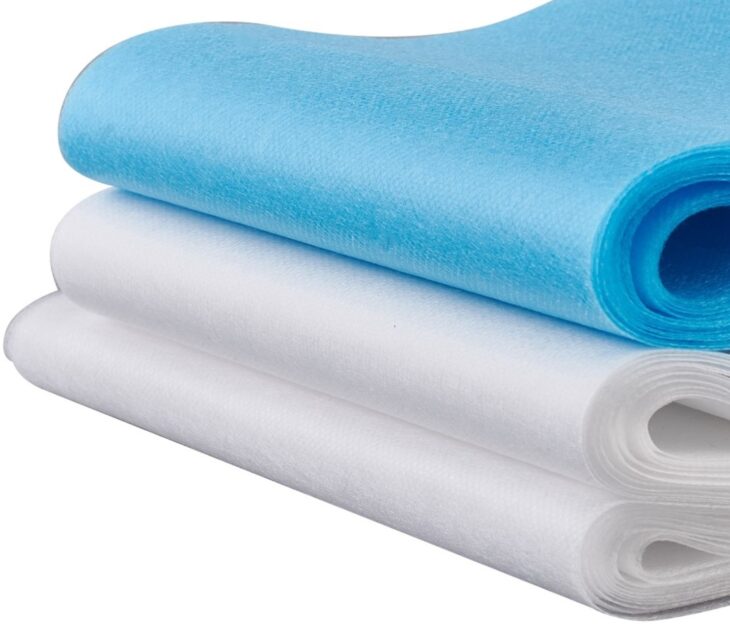
Source: Beebeecraft.com
1. Type of material
There are types of materials that are characteristic of woven and non-woven. For example, woven is made of cotton, wool, silk, leather, etc. Today, poplin and satin are the most popular fabrics. Poplin is mostly made of cotton, but some materials use different types of fibers. This depends on the method of weaving. The base of this material is thin, but thick Satin has its own specific intertwined threads. When a special treatment is done, cotton fibers are used. The threads are quite visible on the surface as they match the base.
On the other hand, non-woven uses viscose, acrylic fibers, etc. Acrylic is very popular today because it looks like cotton or wool, but it is a much cheaper option. Viscose is a semi-synthetic material obtained from cellulose, does not cause static electricity and does not accumulate mites and bacteria. Polyester is often used as a backing to make coats and sweaters warmer. These materials are easy to maintain as well as soft and pleasant to the touch.
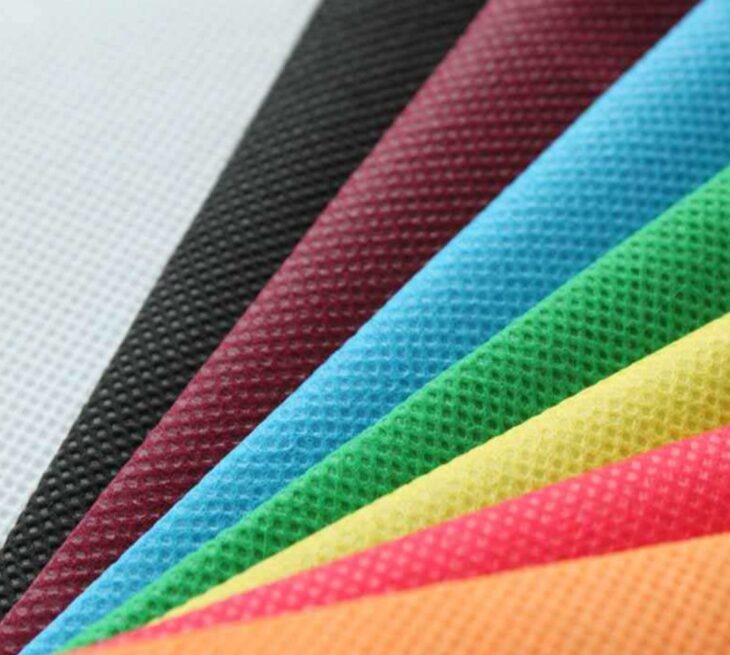
Source: Green Storage
2. Production
Of course, the production process is the second most important difference. Since woven materials involve the weaving process, this refers to the crossing of neither warp in length nor weft in width. The goal is to create the final product – fabric. It is important to note that there are three intertwines in this process. And these are plain, twill and satin weave. Their variation creates many other intertwining. We must also mention that fabrics can be flat, fibrous or materials such as lace, gauze, etc. When it comes to plain weaving, there is a plain pattern that is the main pattern of weaving.
Twill weave is guided by a ribbed diagonal pattern and is also called Zigzag weaving as in herringbone. Finally, satin weave involves several wefts that cross over the warp thread or vice versa. Then we have non-woven materials that physically bind fibers directly. During this process, you cannot notice the wefts and warps, and therefore there is no entanglement. The fibers are bonded thanks to another type of processing. And it can be thermal, chemical or mechanical.
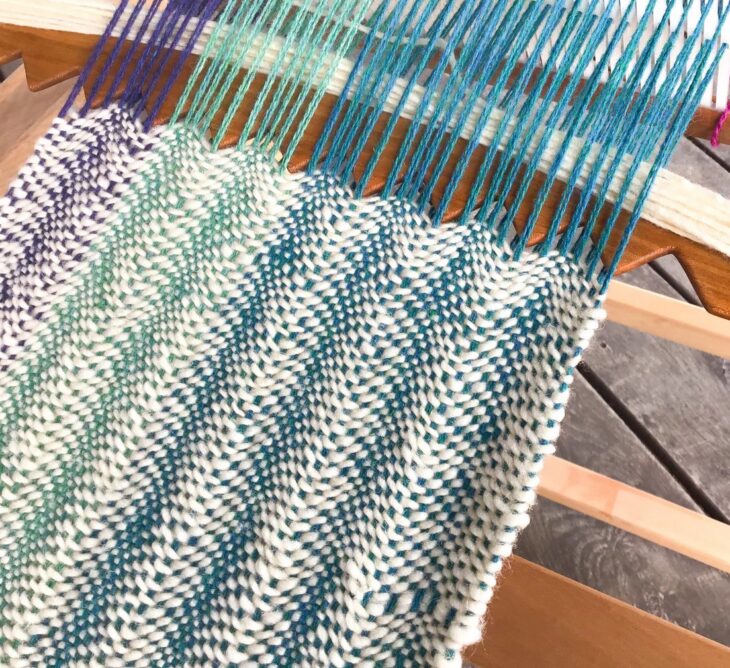
Source: Haulin’ Hoof Farm Store
3. Durability
We present you another significant difference. So one species has to be durable. And it turned out to be woven while non-woven and they don’t have that much working life. The reason is the method of production and non-woven fabrics have a textile layout that allows easier tearing or in one direction. On the other hand, woven fabrics are very well structured and therefore retain their shape well. However, this makes them less stretchy and prone to creases. Also, this fabric is much rougher to the touch, but in any case it is very durable.
It successfully resists wear and stays the same shape even after a lot of washing. It may not be stretchable, but it is very easy to sew without shrinking and creating creases. Given these characteristics, their price is higher than non-woven fabric. It is important to note that the non-woven fabric can be further strengthened if the appropriate substrate is added. The final product and its characteristics also play an important role.
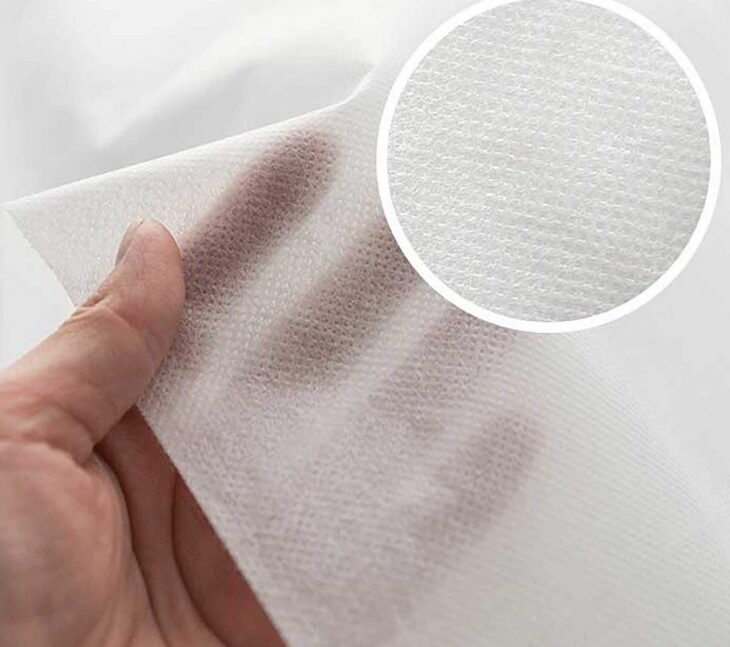
Source: Amazon.com
4. Chemical structure
Depending on their structure, one type of fabric can be more or less degradable. Experts claim that in this case the advantage is non-woven which is more efficiently degraded in non-toxic form. This is due to its weak structure. On the other hand, woven fabric is much more durable so it cannot be broken down so easily. Its characteristics are much more stable and durable compared to the other type. These fabrics are naturally reinforced with a thread that crosses the thread and provides extremely strong protection. It is a more traditional approach and that is another reason why the foundation is stronger. That is why they are even used for medical purposes, for the production of masks, which we have needed so much in the last year and a half because of the pandemic. You can find out more about how they are used for medical purposes at raysonchina.com
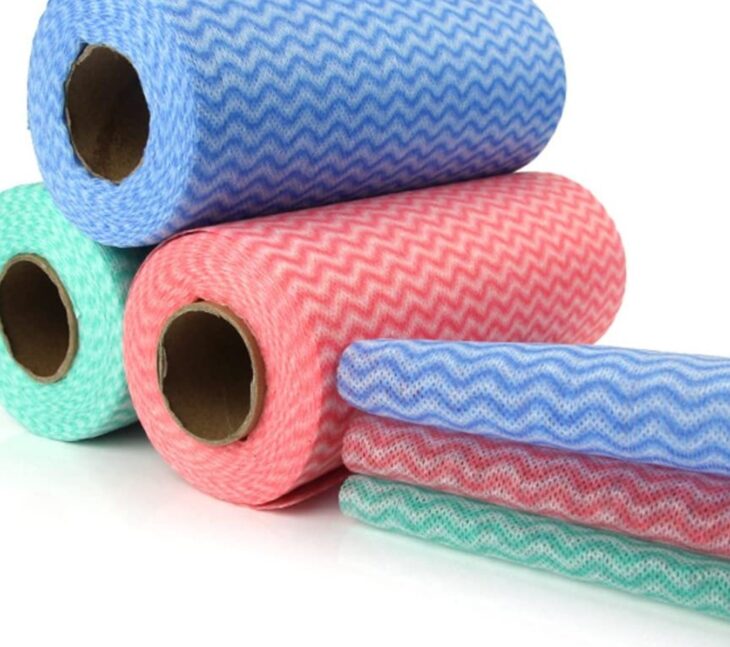
Source: Pinterest
5. Use
This refers to the type of material on the basis of which its use is determined. Production is certainly widespread and a variety of clothes, bedding, towels, etc. are created. While one type of fabric is quite softer, lighter or environmentally friendly, the other is smaller. Non-woven fabric are just like this, prone to recycling or disposable. Items made of this fabric are surgical gowns, face masks, wallpaper, shopping bags, etc.
On the other hand we have woven fabric and that applies to things like corduroy which is thick, durable .. There is also denim of this material, flannel, chiffon, muslin, taffeta etc. So, it is clear to you which garments or others are made of these materials. For example, these are carpet, blazer, coats, etc.
Conclusion:
Thus, woven and non-woven fabric have a number of advantages and disadvantages. The fantastic thing is that these two materials are different in many ways, but they can also complement each other perfectly. An example of this are some great creations that you can enjoy today. And the fact that these two types of textures are mixed when it comes to providing additional strength or for some other reason.
All this together enabled the complete fulfillment of various customer needs, the provision of personalized services in accordance with their needs and much more. We hope we have helped you get answers to all your questions.
